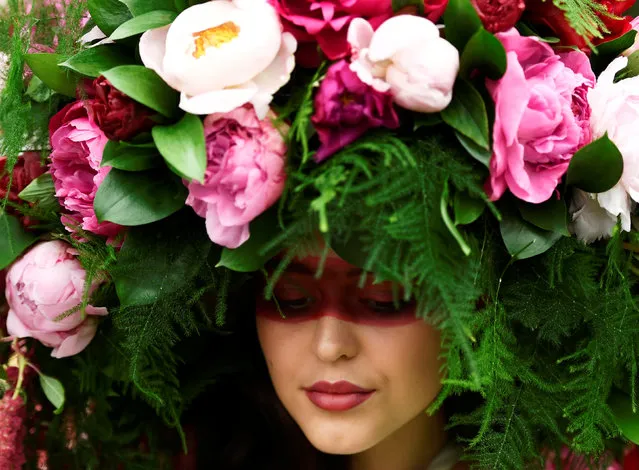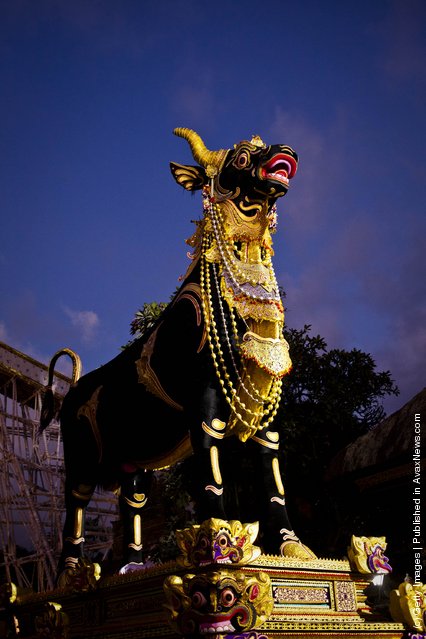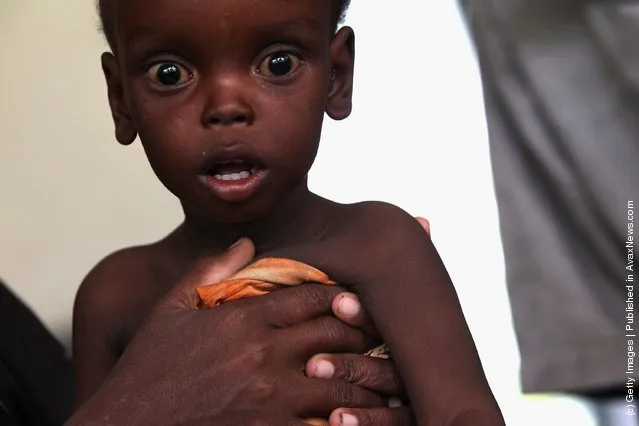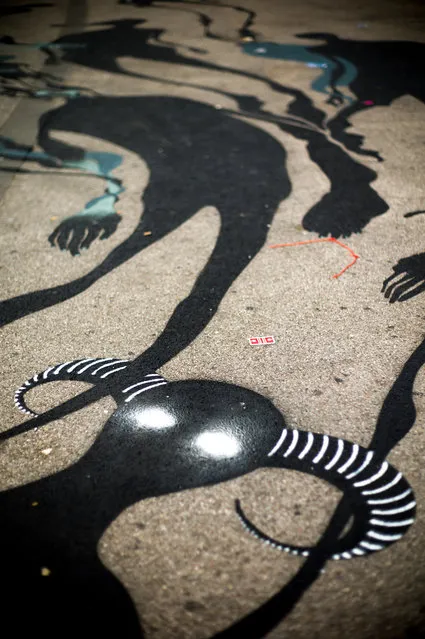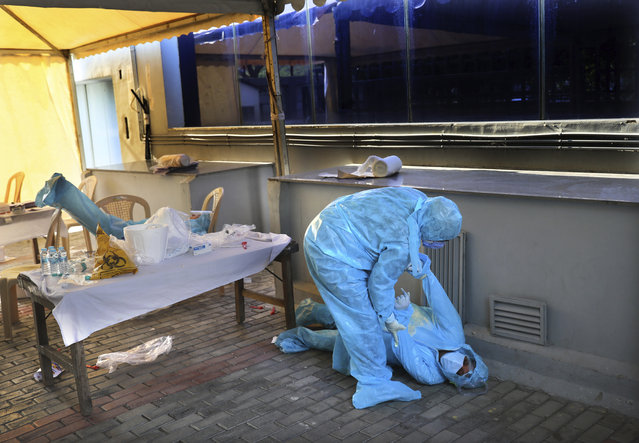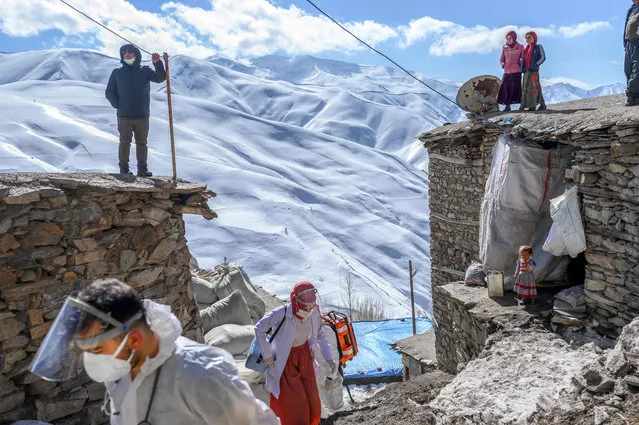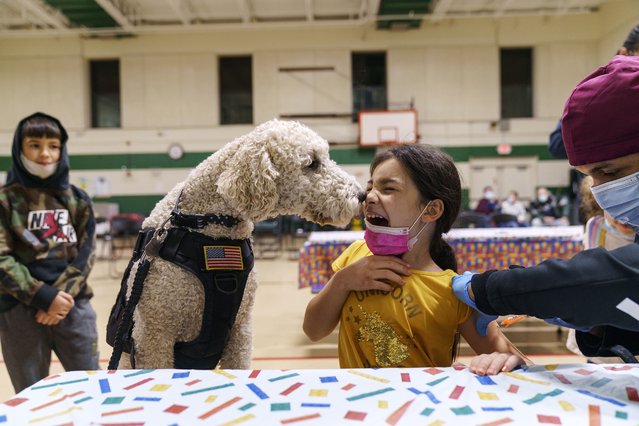
Leanna Arcila, 7, is licked by Watson, a therapy dog with the Pawtucket police department, as she receives her COVID-19 vaccination from Dr. Eugenio Fernandez at Nathanael Greene Elementary School in Pawtucket, R.I., Tuesday, December 7, 2021. Even as the U.S. reaches a COVID-19 milestone of roughly 200 million fully-vaccinated people, infections and hospitalizations are spiking, including in highly-vaccinated pockets of the country like New England. (Photo by David Goldman/AP Photo)
14 Dec 2021 06:14:00,post received
0 comments

